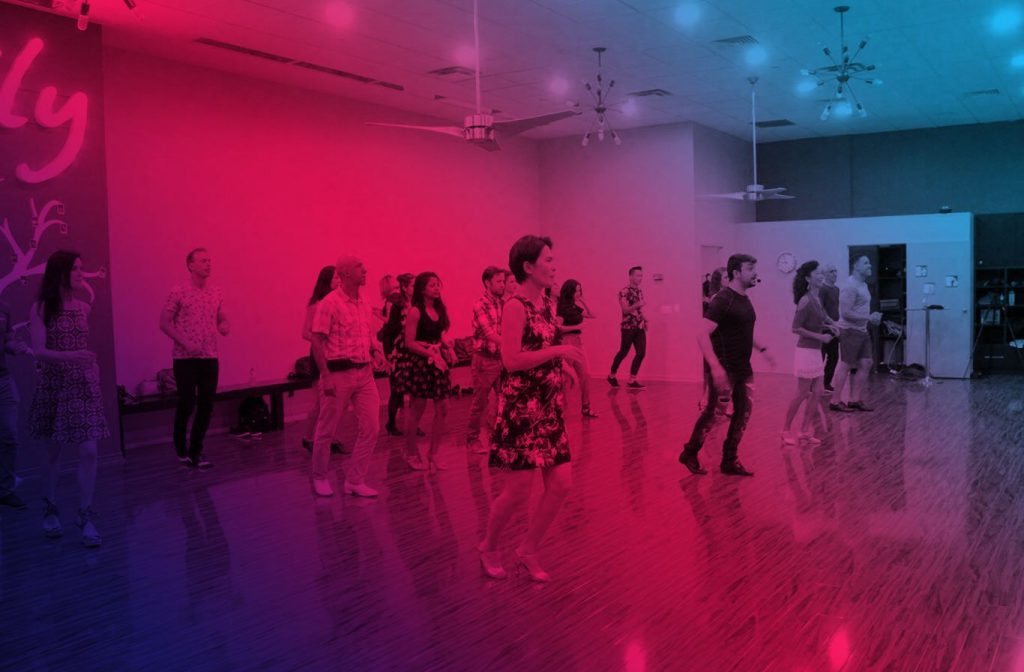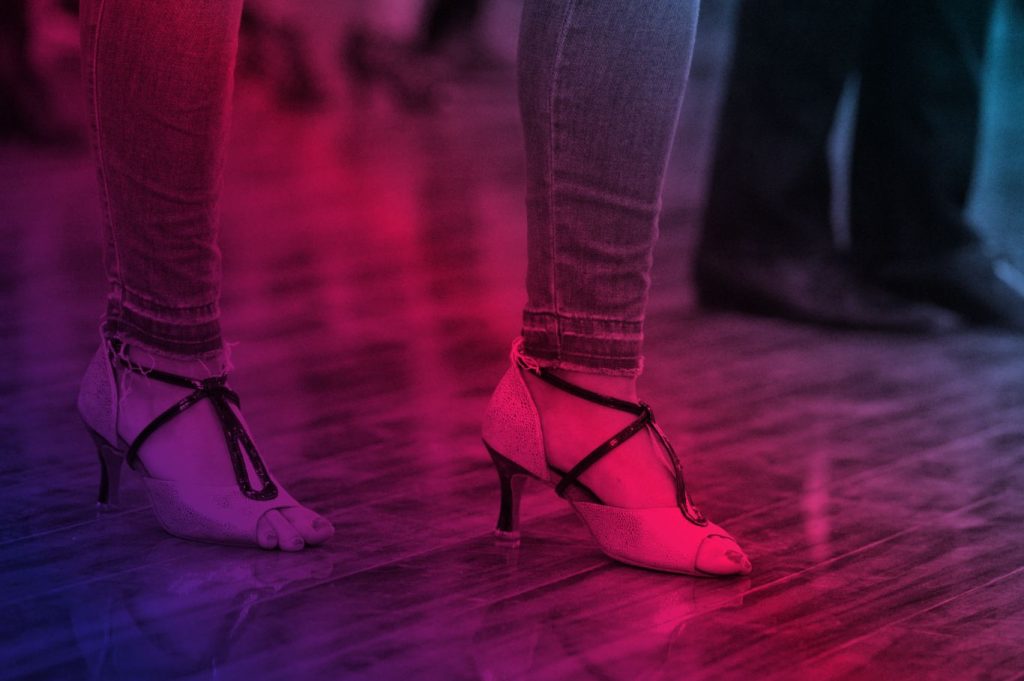
I swore that the minute I got my own dance studio I would get a fabulous Argentine Tango instructor and hold lessons there. I know I definitely want to learn this sensual, passionate dance and I know many of you have a lot of curiosity and interest in the dance.
Well I am so happy to announce that Bryant Lopez from Tango Soul will be teaching our first ever Argentine Tango class in our new studio at Empress Walk. I first met Bryant when Evan surprised me last Valentine’s Day 2007 with a private Argentine Tango class – it was so much fun. Very different from salsa but just as fun and exciting. I loved Bryants passionate and intense teaching style and hoped that one day he would be able to teach a class for us. So to make things short, beginning Thursday June 12th at 9pm, Bryant will be teaching a 9 week class that will focus on the dance basics including technique, leading, following and footwork.
Just like salsa there are some discrepancies and arguments as to the history of Argentine Tango but we do know the dance originated in Buenos Aires. Here is a short history lesson for those interested from a website I found online called argentinepolo.
“Although there are many legends and stories about the origins and development of tango, I will attempt to give an outline that is broadly accepted, and I have picked up from a variety of sources. Tango is a dance and music that originated in Buenos Aires at the turn of the century, developing in the melting pot of cultures that was Buenos Aires. Immigrants from Europe – Italy, Spain, Britain, Poland, Russia, Germany and every other European country mixed with earlier generation of settlers of all races from other South American countries. They brought their native music and dances with them, and continued to assimilate new innovations from abroad. Traditional polkas, waltzes and mazurkas were mixed with the popular Habanera from Cuba to form a new dance and music, the milonga, which was popular in the 1870s . This was known as the “poor man’s Habanera”. The word tango was used at the time to describe various music and dance, for example the “tango andaluza” from Spain in the 1880s. The black population had their dances, the candombe, a mix of many different african traditions, and the place they danced and the dance itself have also been referred to as tango.”
Can’t wait to get started! Registration is open for this class so register soon by clicking here to secure your spot!


